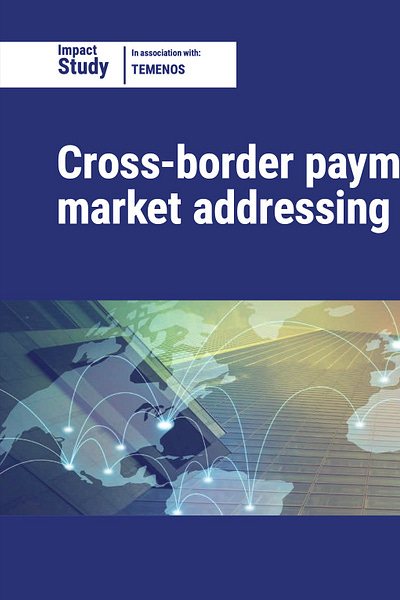G20 Falling Short On Slashing Fees On $250T In Transfers
Banks are doing a terrible job of cutting back on fees
This is my daily post. I write daily but send my newsletter to your email only on Sundays. Go HERE to see my past newsletters.
HAND CURATED FOR YOU
Temenos examined the results of the G20’s payment roadmap and found that most cross-border transfers still fall short of the targets set for 2027, with banks making little to no progress.
When the G20 targets kick in, in 2027, cross-border payments will be worth $250 trillion. But as you can expect from the G20, the targets have no teeth.
The G20 doesn’t issue penalties and will rely on individual nations to deal with non-compliance. I wouldn’t bet on any nation dealing harshly with its banking system if they are non-compliant.
Here are the G20 targets, which in my view constitute a low bar:
Cost: Retail: no more than 1% of value with none over 3% by 2027. Remittances: global average cost no more than 3% by 2030, with no individual corridor more than 5%.
Speed: 75% of all payments, including wholesale, within an hour by 2027.
Access: All users have access to at least one option for sending payments.
Transparency: All users receive total transaction cost, expected delivery time and status tracking.
Payments are big business for banks, representing 35% of their revenue stream globally. Given the impact on their revenue, expecting rapid adoption by banks is wishful thinking.
While mobile transfers and fintechs are included in the effort, the backbone of the transfer system is the new SWIFT ISO 20022 standard.
The new system's implementation deadline is November 2025, but institutions in only 70 nations out of 200 have adopted the standard so far. Those who don’t make the deadline are unlikely to be cut off.
While banks may make progress before the 2027 target, I bet we’ll rely on fintechs, stablecoins, CBDC, or mobile payments to get the cheap, fast payments we all deserve.
👉 The slow grind after four years:
🔹 Wholesale payments:
➢No appreciable increase in speed. SWIFT had roughly half of all payments credited within an hour.
➢ Sub-Saharan Africa and Asia-Pacific remained the regions with the slowest beneficiary legs.
➢ The Middle East was a bright spot with improvements
🔹 Retail payments:
➢ At the global level, the “2024 cost KPIs showed no improvements, with no use case meeting the target cost of 1%.
➢ No region reached an average cost below the 1% target, for any use case.
➢ In the Asia and Pacific region, vast gains in access were achieved in access for MSMEs. No surprise!
🔹 Remittances:
➢ South Asia remains the region closest to the 3% target, at 6.2%.
➢ The average cost for sending $200 remittances was slightly higher than in 2023, whereas the cost for $500 remittances was unchanged.






